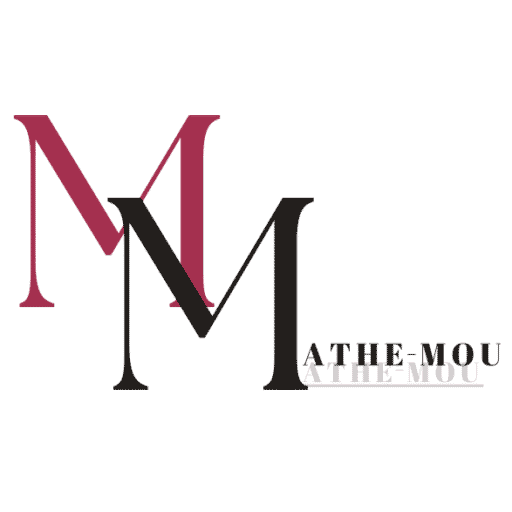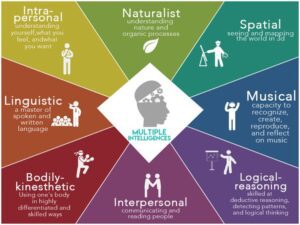No one would doubt that over the last few years the use of technology in the classrooms has dramatically increased. It is true that the integration of new technologies in education has benefited the whole teaching and learning process. When it comes to students with learning disabilities, though, this becomes more than obvious. Specifically, studies have shown that a percentage of about 10-20% concerns students with learning disabilities worldwide. Information and communication technology (ICT) has offered significant solutions to these students since it provides them with the necessary support that meets their needs. Actually, according to Phipps “the focus is to bridge the access gap between the teaching material and the student”. The focus in the present essay in on the importance of using Information and Communication technology (ICT) as well as assistive technology in teaching students with learning disabilities and specifically, dyslexia. Furthermore, teaching the four skills, namely speaking, reading, listening and writing with the help of technology will be also explored. The term “dyslexia” is also defined.
Due to the fact that dyslexic students are estimated to be 5-10% worldwide, it is of significant importance to give an understanding of what dyslexia is and how it affects students’ performance at school. The features of dyslexia can vary from person to person, but still are related to phonological processing or phonemic awareness. On the one hand, the Dyslexia Action Report supports that dyslexia is fully understood and that there is no room for controversy and doubts as to what dyslexia is, yet, academics such as Elliott and Grigorenko argue that “the field has been unable to produce a universally accepted definition that is not imprecise, amorphous or difficult to operationalize”. It is apparent that even today dyslexia has not fully understood and defined. What is known and accepted, though, is the fact that dyslexia is a condition that prevents students from reading and spelling correctly. Dyslexic students can be very creative and talented, but when it comes to reading and spelling, short attention span and difficulties in following directions are two of the characteristics that define them.
Dyslexia is a learning disability which is “neurological in origin” (Mobinizad, 2018). When people try to read, they make connections between what is written and the components of spoken language. These connections between the auditory and speech centers may be impaired in the case of dyslexic people. These people are not able to identify how these symbols are connected to the sounds and since they cannot achieve this, the written symbols are completely meaningless to them.
When it comes to teaching, it is often said that the blame should be put on teachers for the low performance of those students. It is argued that teachers lack the necessary skills and background knowledge with regards to dyslexia and its features, having as a result not to be able to employ the necessary tools and methods so that the dyslexic students to be provided with the adequate knowledge. However, what Knight states is that the educational institutions are responsible for ensuring that teachers have the knowledge required in order to educate learners with learning disabilities and in this case dyslexia. According to Lama (2019), despite the fact that many schools and institutions are trying to establish various approaches to help students with learning disabilities, more practice and effort is required from the part of the teachers and students as well in order the latter to benefit with regards to learning.
The conventional way of teaching in most cases is not as effective as it is expected to be when teaching dyslexic students. Since their emergence, New Technologies and Information and Communication Technology (ICT) in general have undoubtedly contributed to this effort as they have made the learning process easier and more effortless for the dyslexic students. A number of websites, applications, programmes and tools have been created for this purpose, providing the educators with the appropriate techniques so that they can educate those students.
It is indisputable that technology is now an integral part of education. This is actually the reason why a significant number of studies are nowadays focusing on the benefits of using ICT in class. It is believed that the use of multimedia can have a positive effect on the dyslexic students while learning. Students are given the opportunity to fit in the mainstream class environment, get actively engaged and feel motivated as well. To put it in other words, ITC enables students to be supported and be given access to information, since images and sounds are combined, which helps the visual and auditory channels to be reached and thus, makes it easier for them to acquire knowledge.
Many researchers come to the same conclusion that ICT can be a useful tool towards users with dyslexia. It can assist and reinforce the learning process, as well as it can create a developmentally appropriate learning environment depending on the needs of learners. Text-based adjustments in synchronous learning activities and browser extension, for example, can assist users with dyslexia adapt web content to make it easier to read. Also, text editing and adjustment of the visual aspects of the text using specific fonts based on the needs of users, is also a chance for them to read more effectively. Finally, eBooks can prove to be more than helpful, as they combine image with sound, which facilitates the students’ understanding and reading. Virtual environments and virtual reality applications can be used as powerful and sensitive clinical tools for adult and children with neurocognitive and neuropsychological impairments.
In following discussions, we will be able to further explore the various tools provided and their potential benefits. Until then, I strongly recommend that you have your eyes and heart open to new challenges and new potential for tools in education, since they can definitely provide you with many advantages not only professionally but also personally.
References:
Lama, Alma. “Difficulties in English Language Learning for Students with Dyslexia” SEEU Review, vol.14, no.1, 2019, pp.196-206.
Mobinizad.M (2018).”What Are Dyslexia and Its Effects on Teaching Language Skills?”.Theory and Practice in Language Studies, Vol. 8, No. 2, pp. 218-225.
Elliott, J. G., & Grigorenko, E. L. (2014). The dyslexia debate. Cambridge University Press.
https://www.bera.ac.uk/




